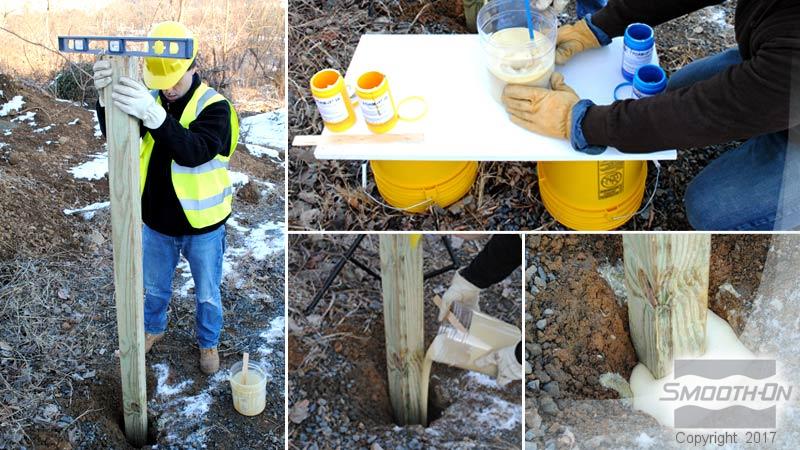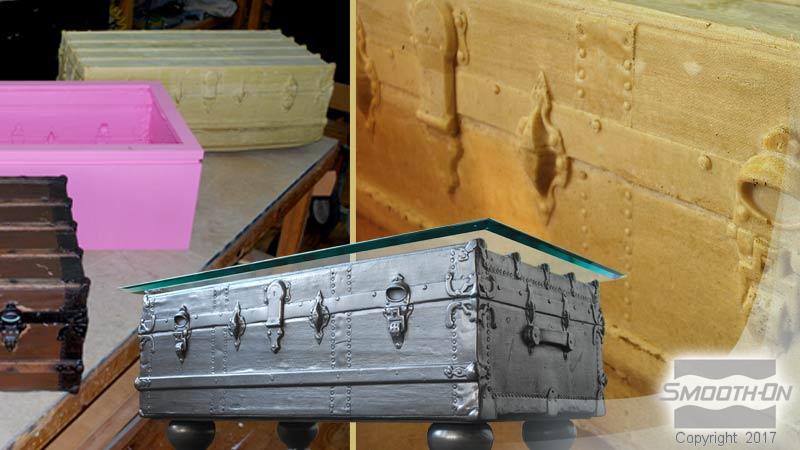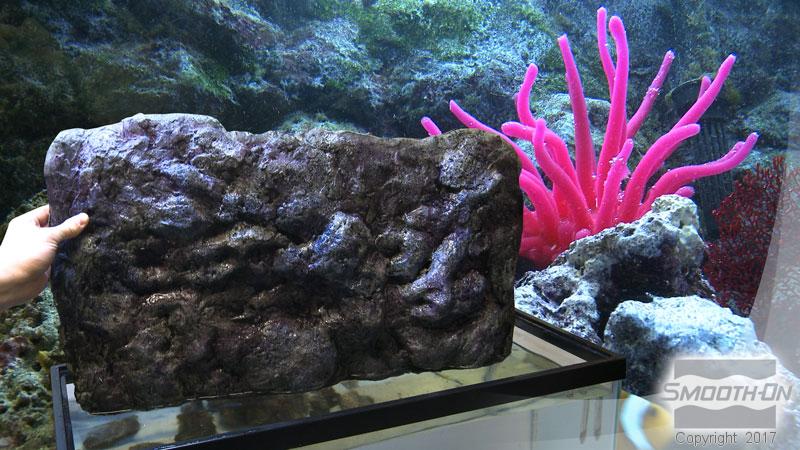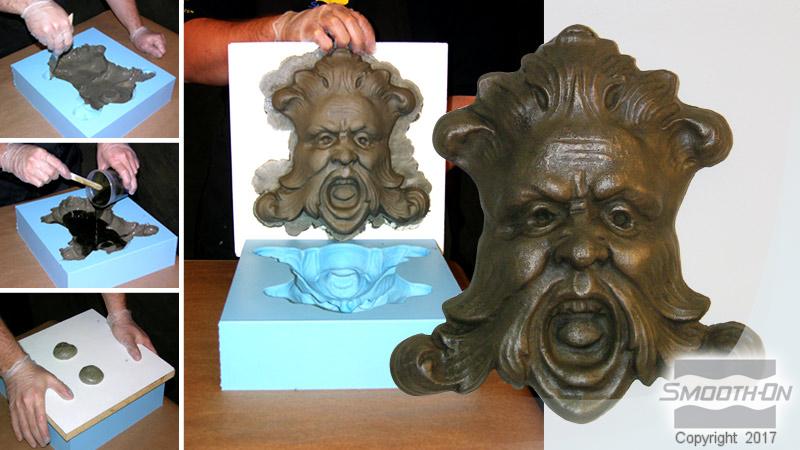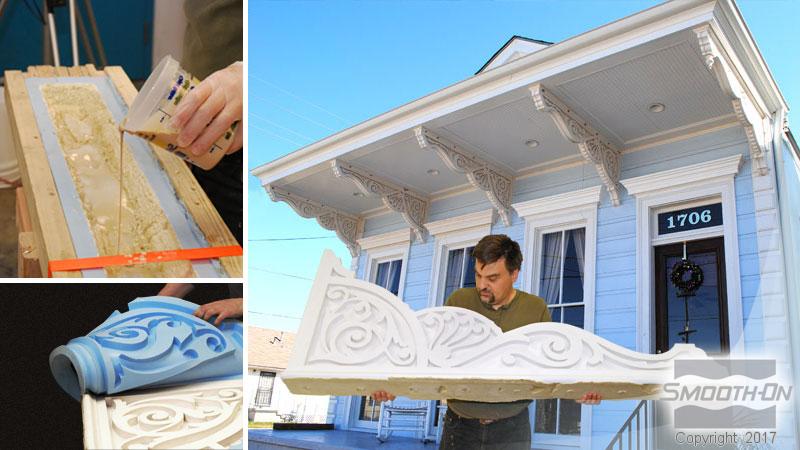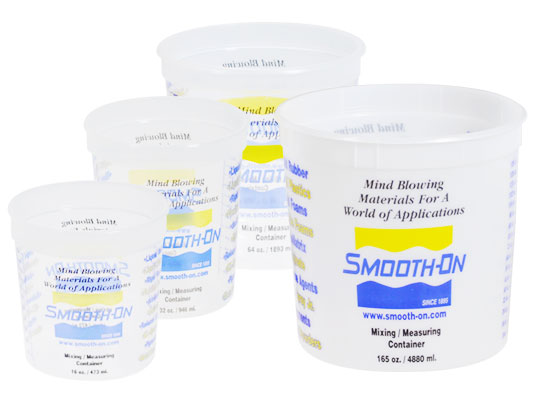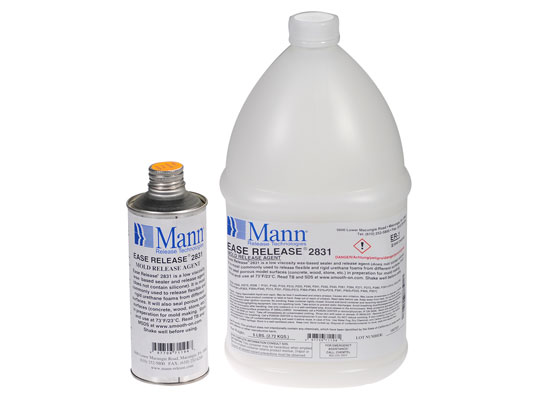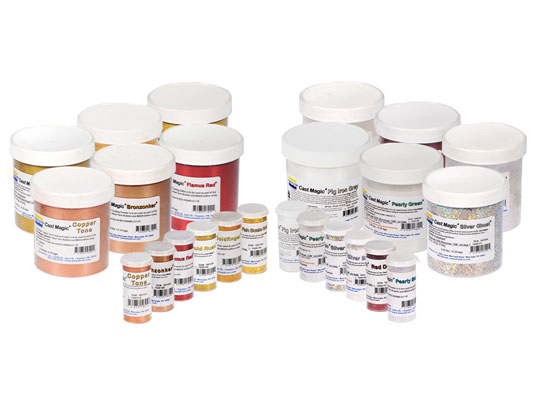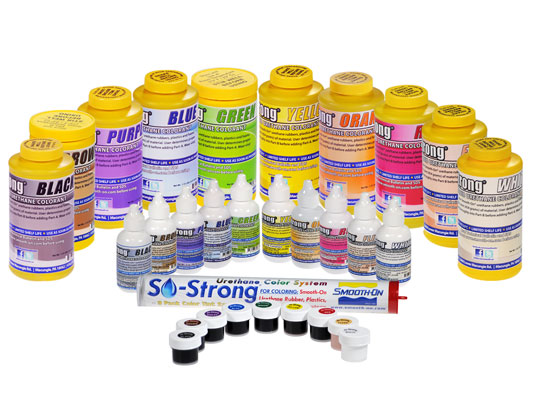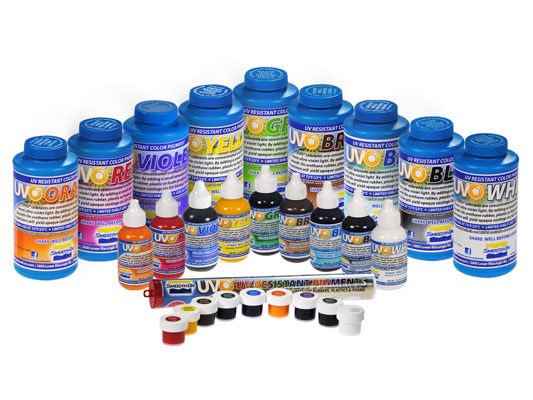FOAM-iT!™ 26
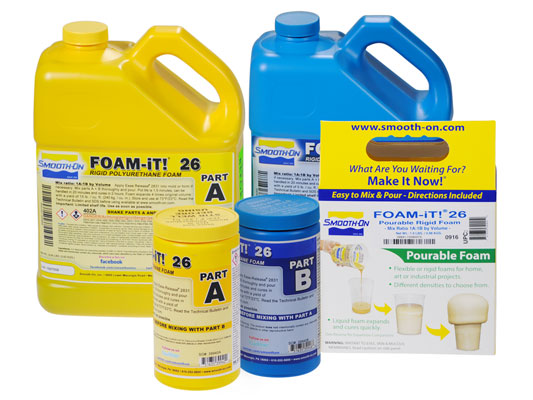
所有FOAM-iT!™产品都可用作直接浇注材料、空心浇注件的填充材料(增加结构强度)或作为封装材料等。可以用SO-Strong™、UVO™或IGNITE™颜色着色并用于各种艺术/工艺、工业设计和特殊效果应用场合。
说明
Because no two applications are quite the same, a small test application to determine suitability for your project is recommended if performance of this material is in question.
IMPORTANT: Shelf life of product is reduced after opening. Remaining product should be used as soon as possible. Immediately replacing the lids on both containers after dispensing product will help prolong the shelf life of the unused product. XTEND-IT™ Dry Gas Blanket (available from Smooth-On) will significantly prolong the shelf life of unused liquid urethane products.
APPLYING A RELEASE AGENT - Urethane foams are adhesive and will stick / bond to many surfaces. We recommend Ease Release 2831 to release urethane foam from most surfaces. If the release application is particularly difficult (example; releasing urethane foam from urethane rubber), we recommend an application of Universal Mold Release followed by an application of Ease Release 2831.
WARNING: Do not use Universal Mold Release by itself, or any other silicone based release agents. This will collapse the foam.
MEASURING & MIXING - Liquid urethanes are moisture sensitive and will absorb atmospheric moisture. Mixing tools and containers should be clean and made of metal, glass or plastic. Materials should be stored and used in a warm environment (73°F/23°C). Know the mix ratio for the FOAM-iT!™ product you are using. After dispensing the correct amounts of Parts A and B into mixing container, mix thoroughly for 45 seconds. Stir quickly making sure that you scrape the sides and bottom of the mixing container several times. Be careful not to splash low viscosity material out of the container. Remember, foams cure quickly. Do not delay between mixing and pouring.
Pouring & Curing - For best results, pour your mixture in a single spot at the lowest point of the containment field and let the mixture seek its level. Allow space in the containment field for the foam to grow as it expands to its ultimate volume. Allow foam to cure for at least 20 minutes before handling (FOAM-iT!™ 10 SLOW - 1 hour). Cure time will be affected by mass and mold configuration.
Mass Concentration / Mold Configuration – Pouring large amounts at a time in certain mold configurations (i.e. cylinder) could cause excess heat to be generated and result in splitting (fissures). Step pouring in layers may resolve this problem.
Improving Surface Finish & Minimizing Voids With Back Pressure - Capping the mold cavity opening with a board that has predrilled holes will improve surface finish for some foams. For more information, watch the video at smooth-on.com/backpressure
Is Your Foam Collapsing? - This is a common phenomenon associated with cold temperatures, inadequate mixing or both. Environment or material too cold? Warm it up. Inadequate mixing? You must thoroughly pre-mix both parts A and B. After combining A and B, mix thoroughly. If using a mechanical mixer, mix for 30 seconds. When hand mixing, mix quickly and aggressively, almost whipping the material.
Fully Cured FOAM-iT!™ Foam can be sanded, machined, drilled, etc. (wear NIOSH approved respirator). Foam can also be primed and / or painted.
